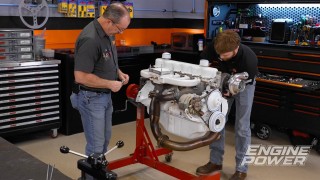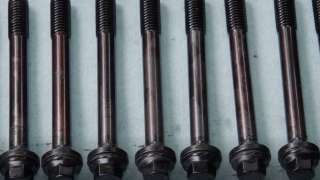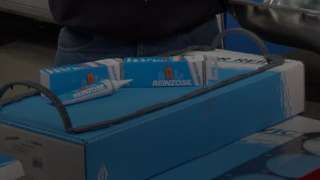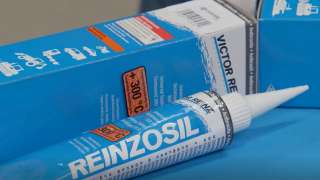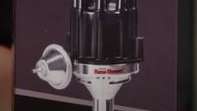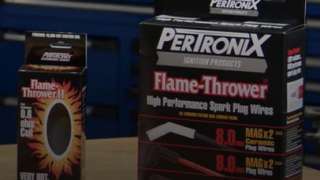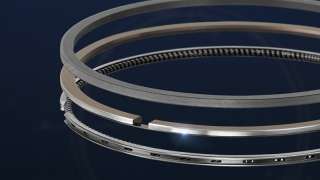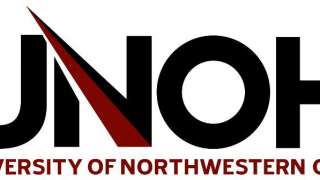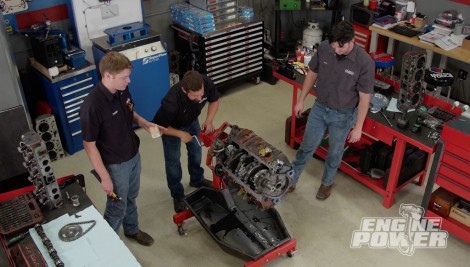
Easy Upgrades for a Stock Big Block Chevy
It’s not all about horsepower! We take a Chevy 454 big block and dial in hard-hauling, heavy-pulling torque.
Season 8
Episode 19
Hosts: Pat Topolinski, Frankie Forman
First Air Date: October 11, 2021
Duration: 21 minutes 35 seconds









